Triple Test: Renault Trafic v Volkswagen Transporter v Mercedes Vito
The panel van is still in high demand, and offerings from Mercedes, Volkswagen and Renault remain popular. Jon Reay has looked at all three

What are they?
We’ve gathered together three of the best-selling mid-sized vans currently on sale to see which should be crowned king – the premium-badged Mercedes Vito, the surfer favourite Volkswagen Transporter, and the affordable and spacious Renault Trafic. The humble van makes the world go around, and we’ve gathered three successful models to find out which is best.
What’s new?
The newest here is probably the Volkswagen Transporter – though at a casual glance, you’d be hard-pressed to spot the difference between this new ‘T6’ and the previous model. It shares the same proportions and underpinnings as the old T5 (which some would argue is no bad thing) but has been treated to a new interior, largely aping that of VW’s passenger cars like the Golf.
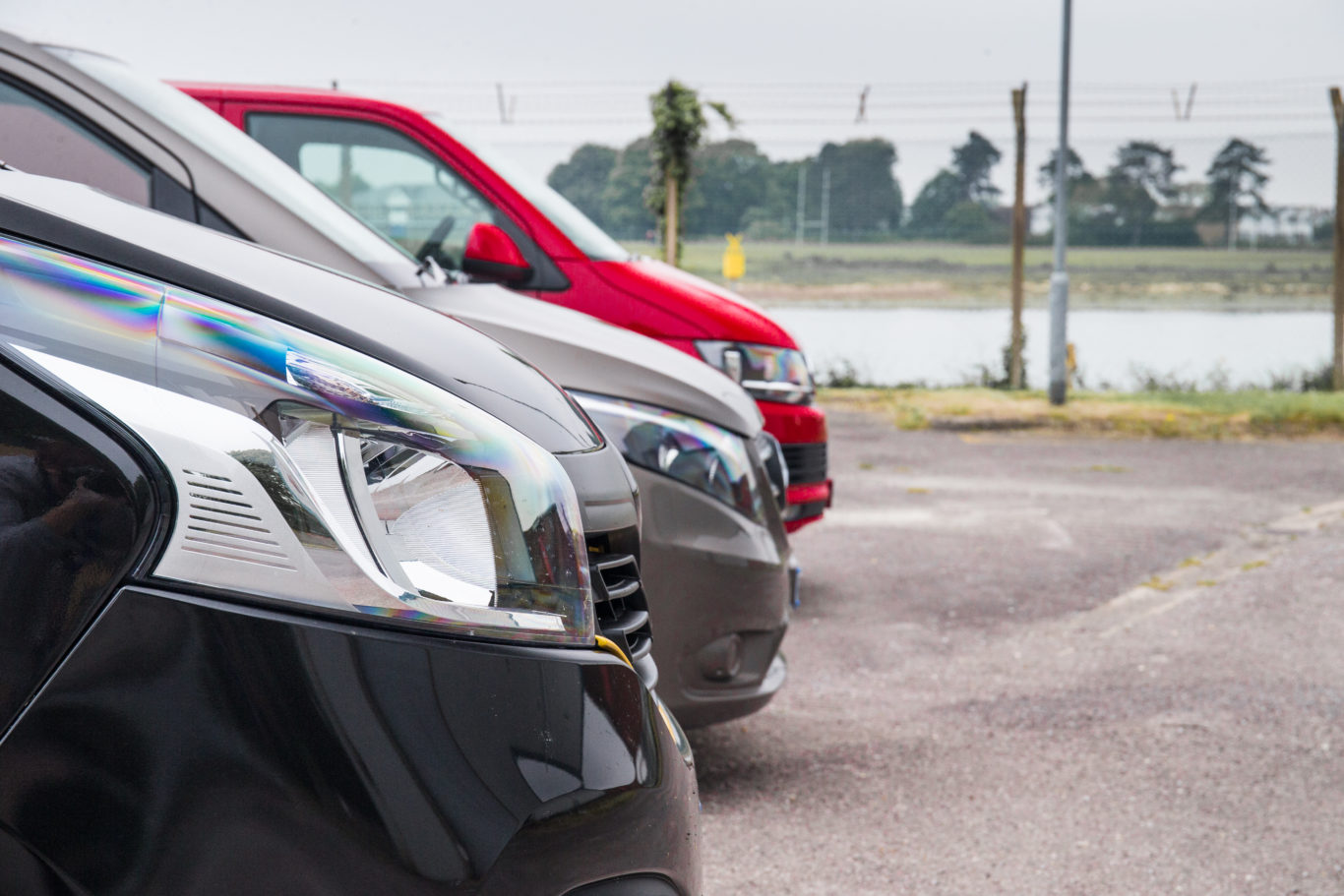
Next is the Trafic which – again – bears quite a resemblance to the model that came before. Our Trafic is the Formula Edition, which comes complete with some sporty exterior styling to commemorate Renault’s Formula One team partnership.
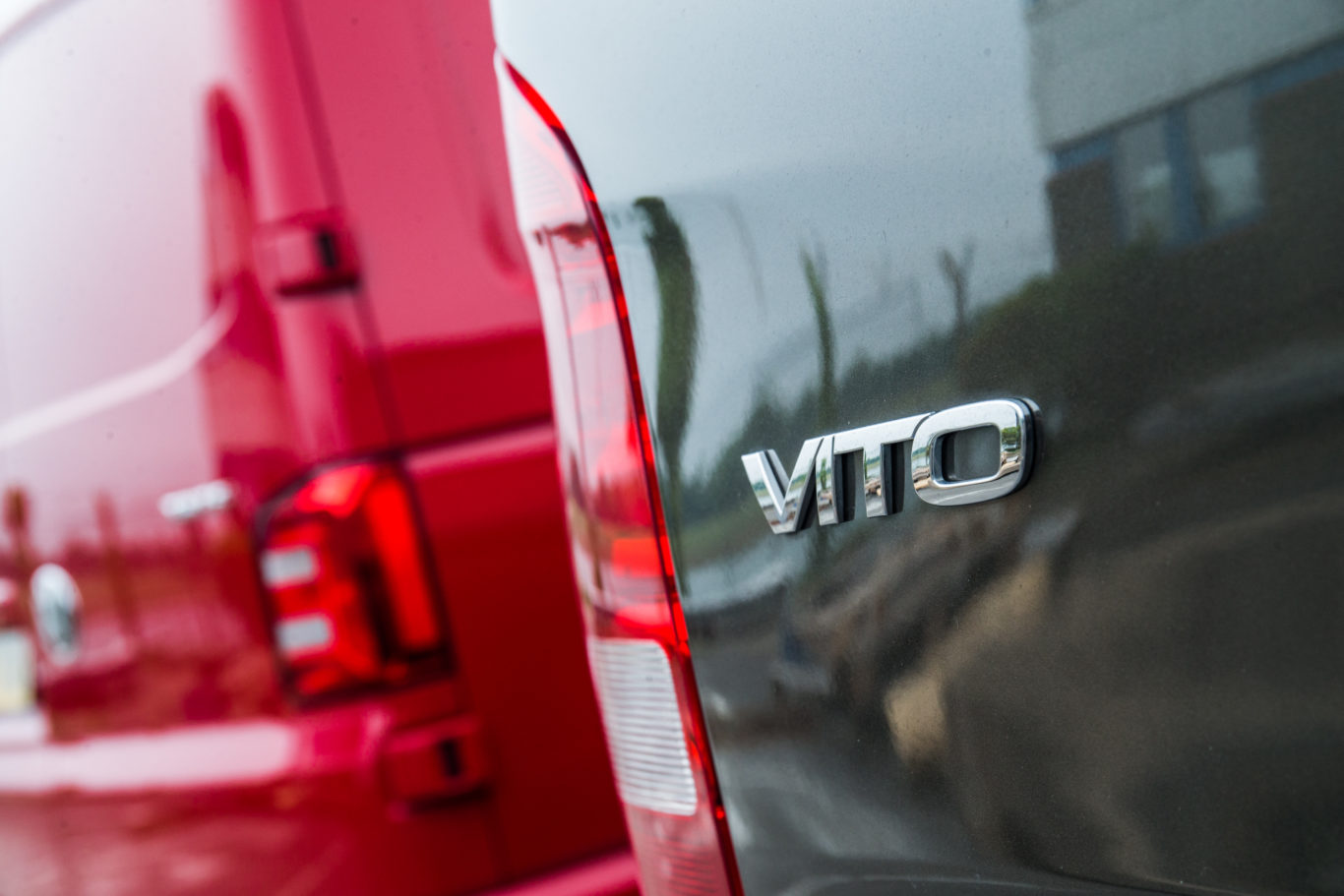
Finally we have the Vito, still looking pretty fresh despite debuting back in 2014. As you’d expect with a Mercedes there’s a whole range of posh options to tick if you so desire, including active park assist, climate control and heated seats.
What’s under the bonnet?
The Vito is the most powerful here – ours is the 2.1-litre diesel with 190bhp and 440nm of torque, sold as standard with Merc’s 7G-Tronic automatic gearbox. Unsurprisingly it’s quick, and even fully laden it never feels anywhere close to being overworked – taking motorway inclines and overtakes in its stride.
Our Trafic has Renault’s most powerful engine option too: in this case a 2.0-litre diesel with 145bhp, here with a six-speed manual gearbox. It’s plenty powerful enough to haul the Trafic around at a decent pace, and works well both around town and cruising along at motorway speeds.
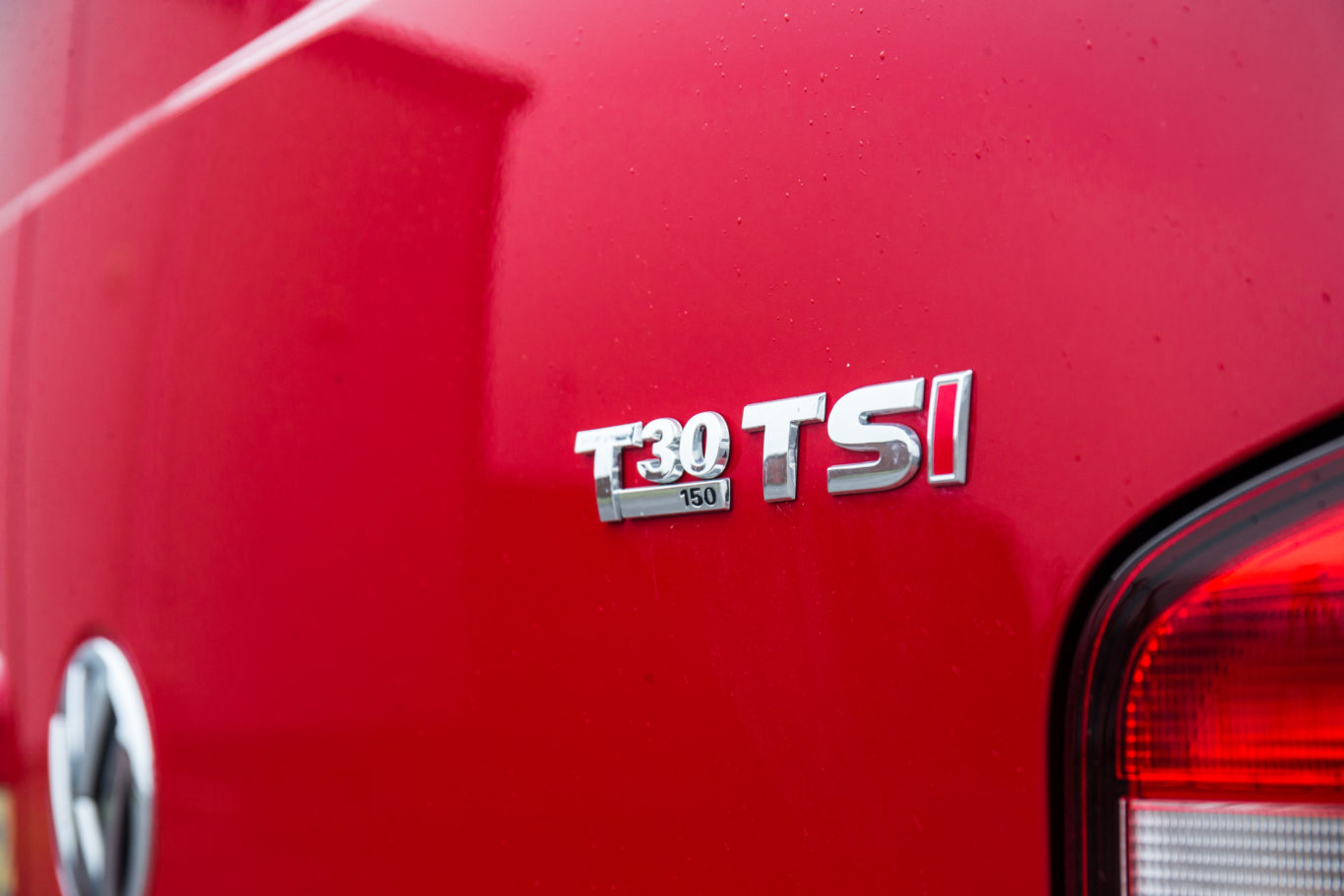
The Transporter is the wildcard here, optioned with a 2.0-litre petrol engine with 148bhp. It’s fair to say that this particular engine won’t suit every buyer – it drinks quite a bit more fuel than the equivalent diesel Transporter, for example – but it suits the Transporter curiously well. As you’d expect it’s quite a bit quieter than VW’s 2.0-litre diesels, but has been tuned to produce nearly as much torque, which has the positive aspect of being smooth and free-revving in a way diesels can’t match.
What are they like to drive?
If a car-like driving position is important to you, the Vito is the outright winner. Although you still sit higher off the ground than the average MPV, it’s the closest of our three to feeling like a conventional car. It’s refined for a van too, with compliant suspension and a decent level of soundproofing.
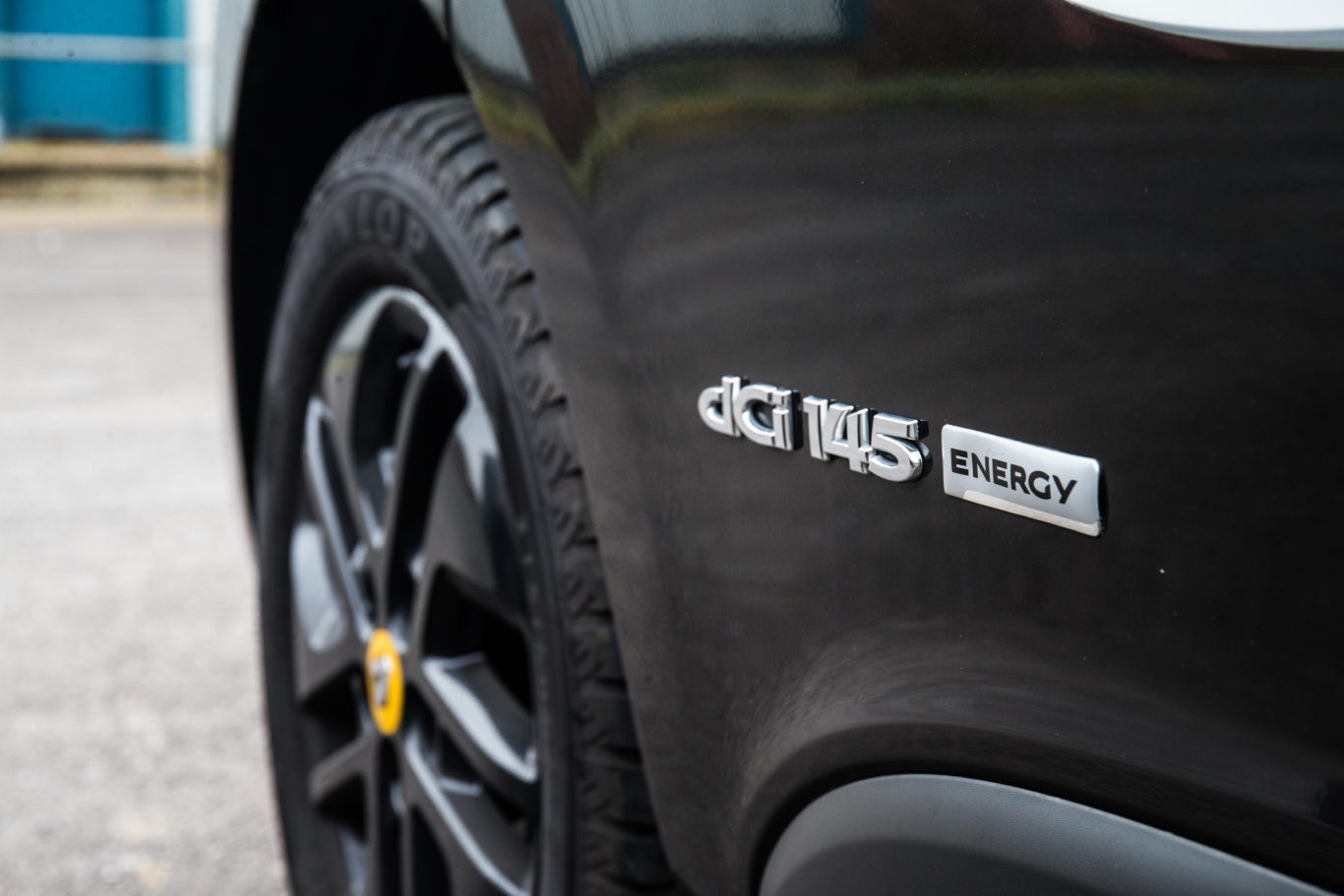
The Transporter on the other hand feels more like an old-school van – you need to climb your way onto the driver’s seat, and you’ll be staring downwards at the dials and steering wheel rather than straight at them. It too is refined – possibly even more so than the Vito – and has nicely weighted steering and gear change.
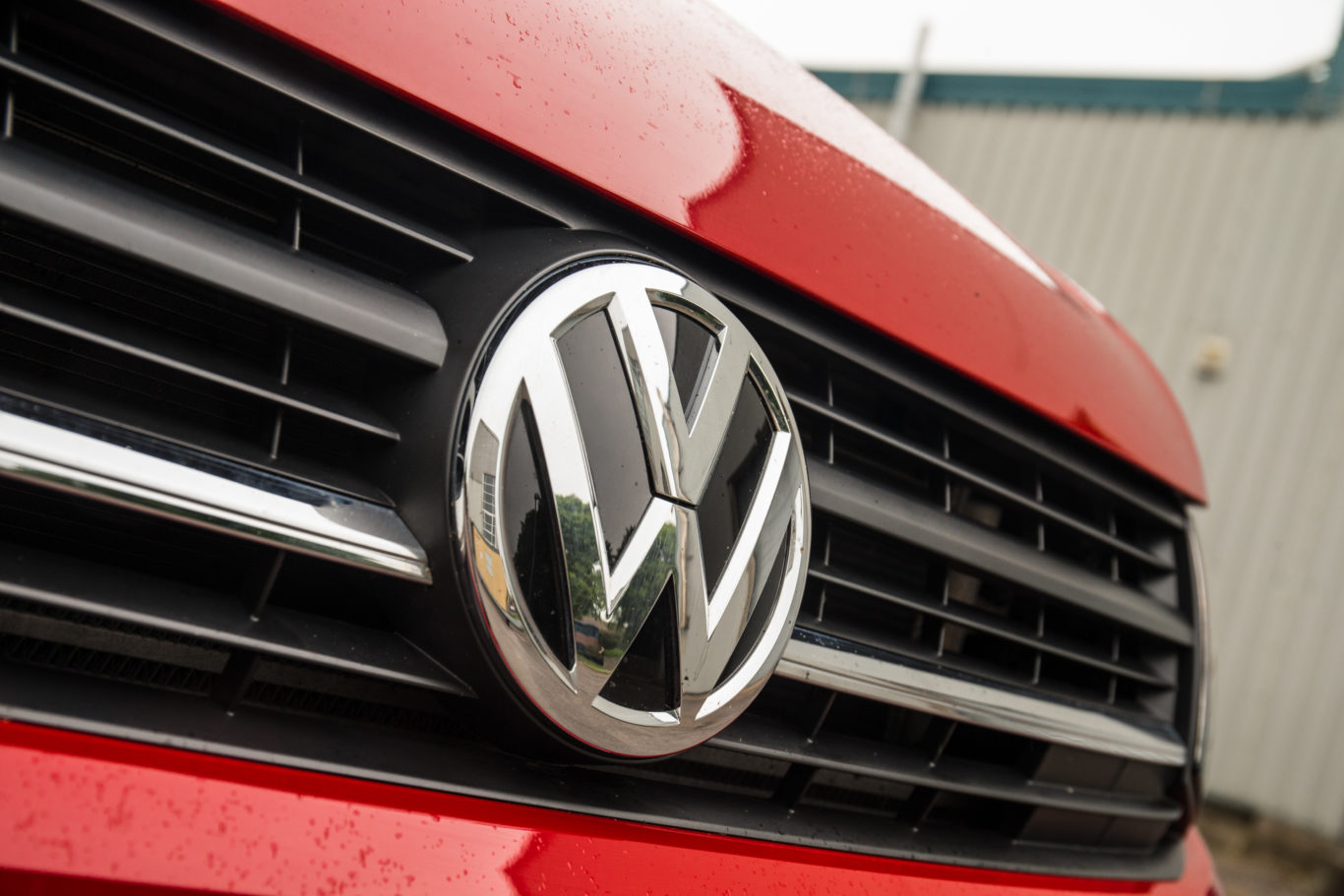
The Trafic sits somewhere in the middle. You still need to clamber up into the cabin and the seating position encourages you to sit bolt upright, but there’s less of the impression that you’re sitting directly over the steering wheel than in the Transporter. Refinement is pretty much on par with the other two as well, though the engine likes to make its presence known under anything other than light acceleration.
How do they look?
The two German brands here have the monopoly on premium image – and rightly so. The Transporter’s lineage dates back to the VW ‘Bus’ of the 1950s, and still attracts ‘lifestyle’-focussed buyers to this day.
Mercedes too has been building vans since the ‘50s, but doesn’t rely on its heritage so much as the value of the three-pointed star on the bonnet. It helps that the Vito’s body shell is shared with the luxurious V-Class people carrier, of course.
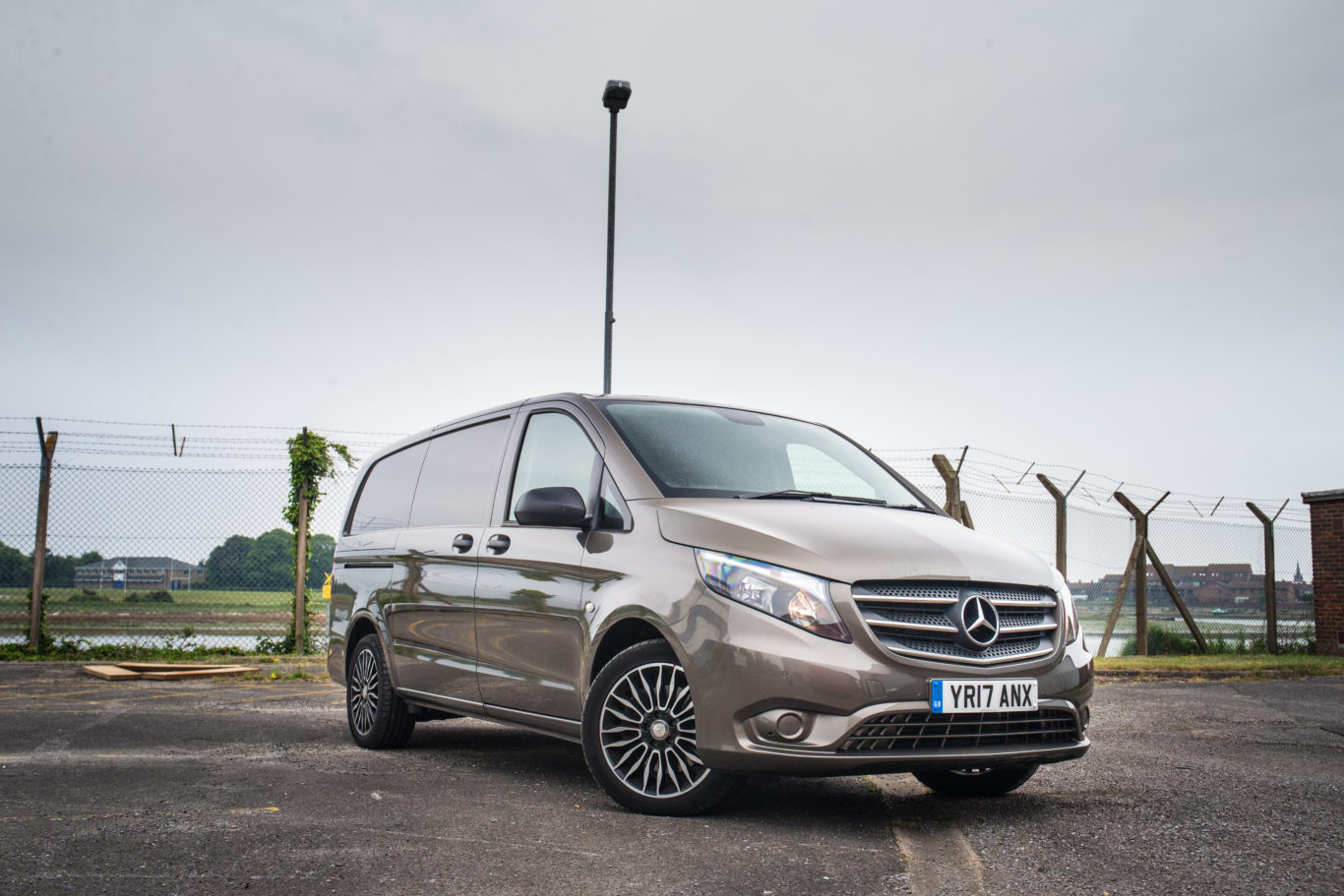
The Trafic meanwhile has to fight its badge-engineered twins, the Vauxhall Vivaro and Fiat Talento, for sales here in the UK. It’s attractive enough for a van though, and can even be equipped with side skirts, body stripes and a rear spoiler to give it the look of an upscaled hot hatch.
What are they like inside?
In terms of interior space, it’s the Vito and Trafic that feel the most spacious. Neither will seat three without the middle passenger feeling the squeeze, though. All three have plenty of cup holders and cubbyholes, though the Trafic gets extra points for its extra dash-top glovebox and spacious storage bin hidden under the front passenger seats.
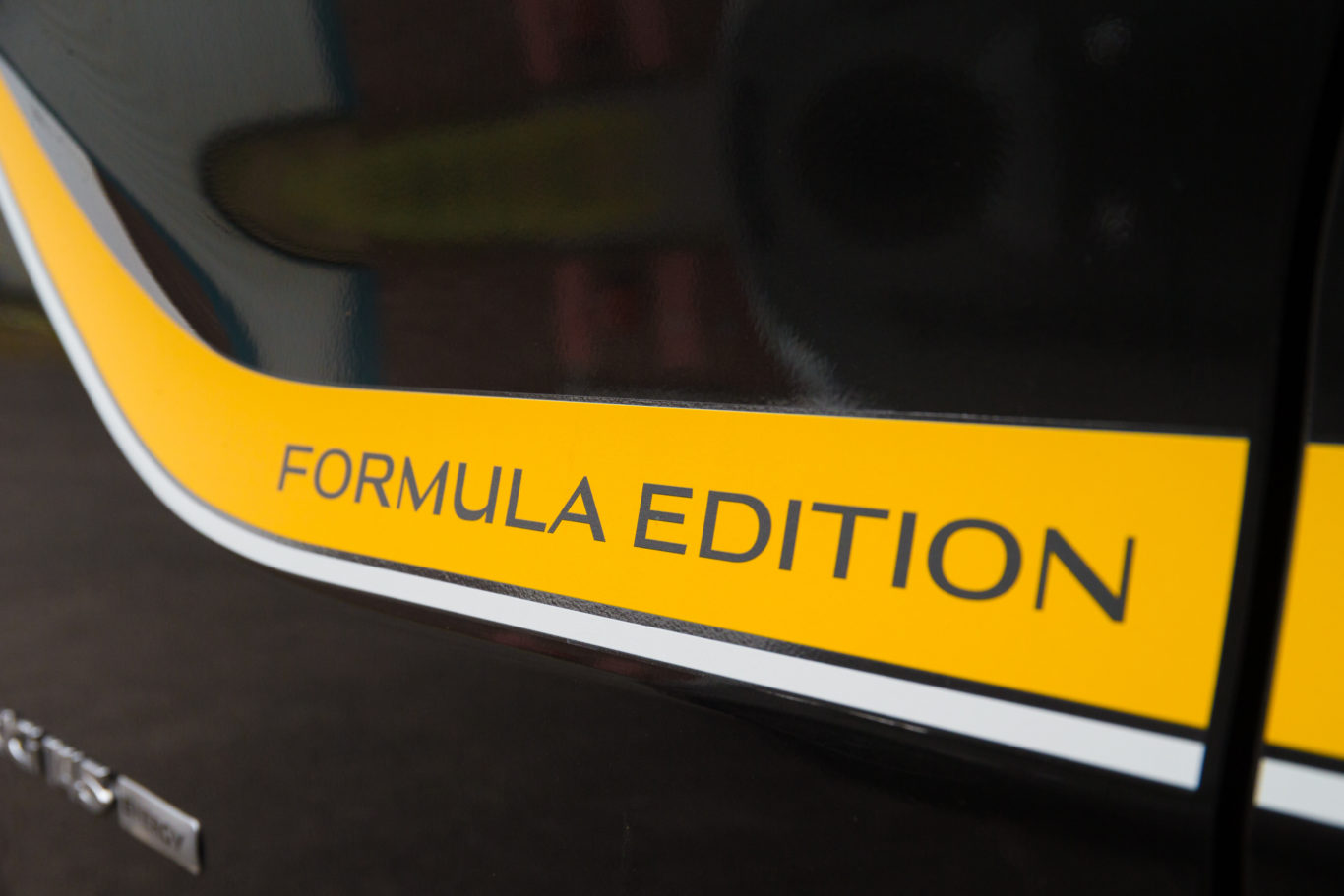
The Transporter, meanwhile, can feel like a bit of a squeeze for taller drivers – squeezing you between the bulkhead and the dashboard in a way the other two vans manage not to. Crew cab versions, which do away with the bulkhead altogether, offer more room to stretch out
What’s the spec like?
In terms of materials and build quality, the Transporter is the clear winner. Everything from the steering wheel to the dials to the climate control system is borrowed from the Golf and Passat, so all feel and look reassuringly expensive. Its infotainment system is the best by a country mile too. Prices for the Transporter start at £20,010 for the base model.
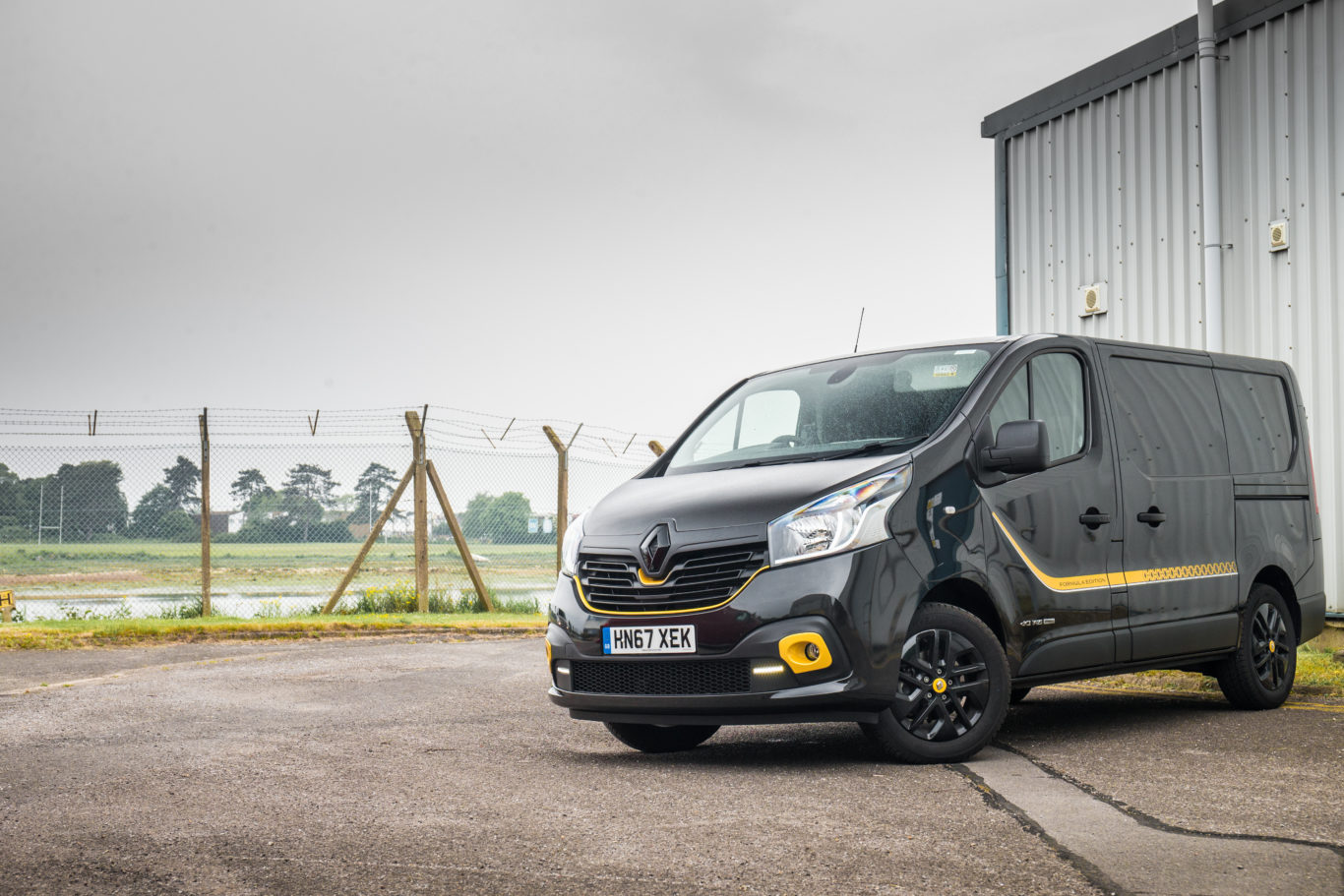
The Vito gets a few choice cuts from the likes of the C-Class – including the leather multifunction steering wheel, solid-feeling indicator stalks and aluminium-effect electric window switches – but the majority of the dash is unremittingly grey and utilitarian. There’s no modern Mercedes nav here either, but an older system with a tiny non-touch operated screen. Thankfully it works well enough, even if it looks a bit cheap. The Vito is accompanied by the lowest starting price of the three, weighing in at £19,350 excluding VAT for the base edition.
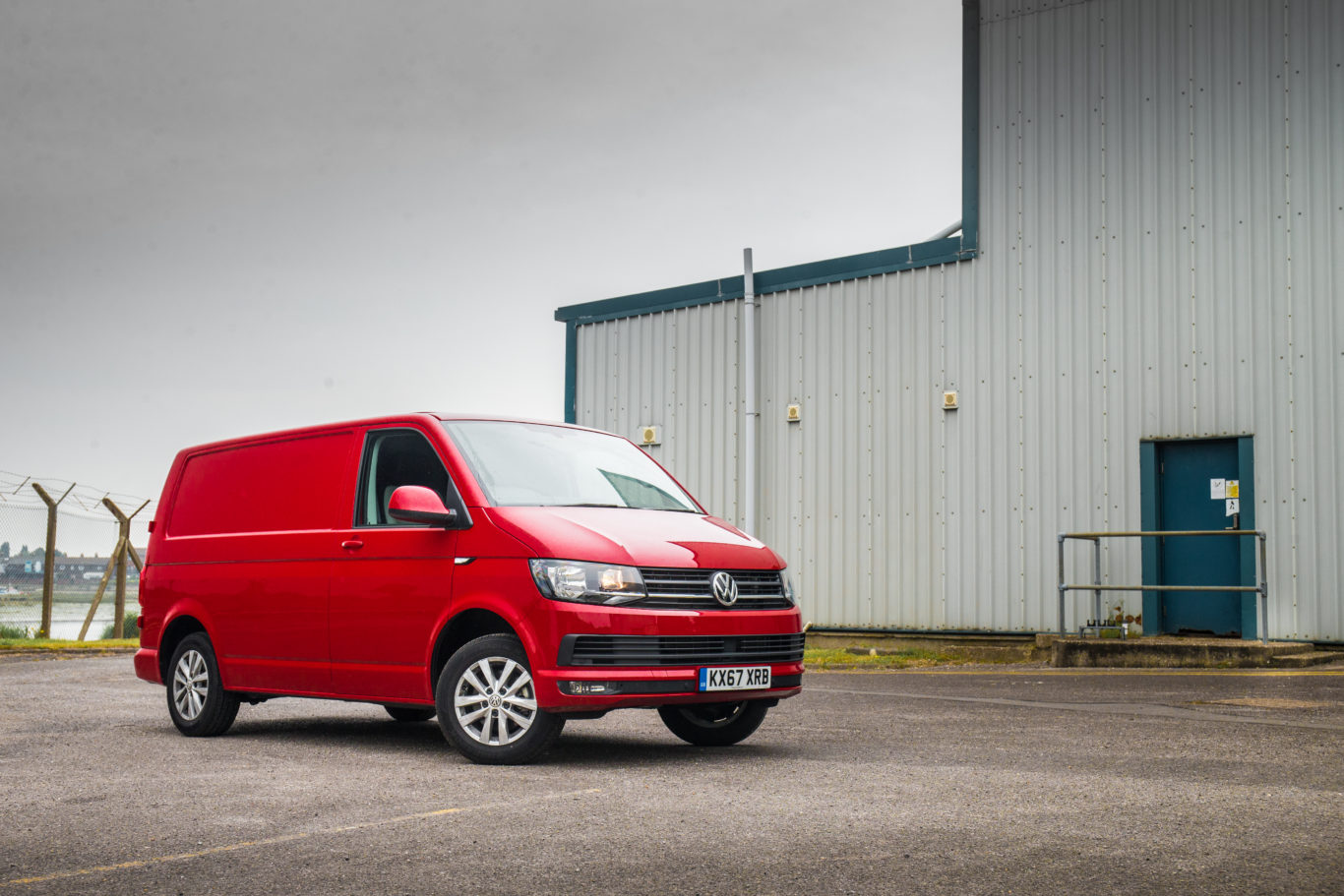
The Trafic also gets a few niceties from Renault’s parts bin – namely the smart-looking speedometer binnacle and leather steering wheel, both borrowed from the Clio. Our van has the optional R-Link system too, which works well and comes complete with TomTom sat nav maps. The most expensive of the three, prices for the Trafic start at £21,650 excluding VAT for an entry-level van.
Verdict
It’s hard to pick a winner of the three here – as they come in a baffling array of shapes and sizes, each will arguably have its own niche carved out.
The best all-rounder is arguably the Transporter, though. Whether petrol or diesel, long or short wheelbase, high or low roof, there’s bound to be a version that works for you.
That said, we like the sleek styling and car-like driving position of the Vito, and when paired with the 190bhp diesel and automatic gearbox it makes for an incredibly relaxing van to pilot around town, or up and down motorways.
The Renault is worth a look too, with a well-designed and practical interior, sporty exterior styling and punchy 145bhp diesel engine.





